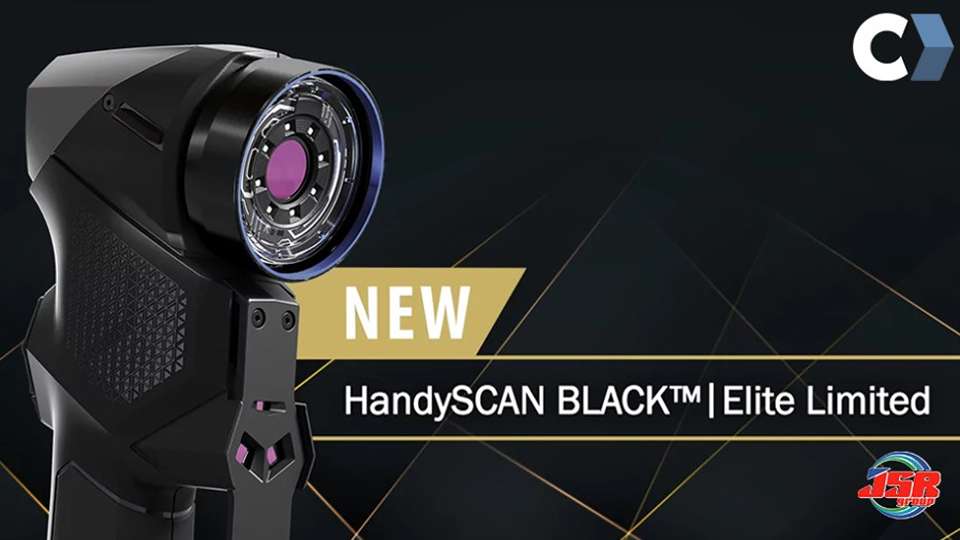
Toyota Enhances FVC to Prepare for the Widespread Consumption in 2020
Toyota prepares to increase its fuel cell vehicle (FCV) production in 2020 due to the potential growth of vehicle market resulted from China’s new energy vehicle (NEV) policy and the potential growth of FCV in the world market. The viability of FCV as an alternative really relies on whether the FCV manufacturers and the parts manufacturers can strategize to make FCV widely used.
TOYODA GOSEI founded a new facility in the middle of Inabe valley in Mie prefecture to produce hydrogen tanks for FCV. Although there was no disclosure on whom the tanks were produced for, it was a testament of an investment to respond to the increasing number of FCV of more models. In 2020, it is expected to produce 3 kinds of hydrogen tanks: resin, carbon fiber, and fiberglass.

The branch manager of Inabe plant said “We want to be an ultramodern plant, matching with the image of eco-cars.” For that reason, TOYODA GOSEI aims to make the plant in Inabe an exemplar of environmental facility and plans to cover 20% of energy used in production with renewable energy. Solar panels with an output of 1,600 kilowatts installed on the building’s roof along with wind turbines and fuel cells are used for power generation. As for the air conditioning systems, they are powered by the geothermal heat.
Toyota showed its confidence in the press release in May that FCV would be widely used in 2020 and it has decided to enhance its production capacity of such FCV main parts as fuel cell stacks.
Toyota affirmed what it had said in 2015 as its goal that “the FCV sales volume worldwide would be at 30,000 units in 2020.” This resulted in its decision to increase the FCV production capacity by 10 times.
In addition, it has defined the guidelines for environment and manufacturing equipment development to be in line with “The Basic Hydrogen Strategy” released in the end of 2017 by the Japanese government.
As for the FCV movements outside Japan, the Chinese government announced the FCV manufacturing goal of 3,000 units in 2020 and a reach of 1 million units in 2030 as well as other future goals.
In CES Asia, an exhibition of electronics devices and IT products, held in China in mid-June, Hyndai’s FCV “NEXO” was displayed with the PR focus on the environmental-friendly performance of the particulate matter purifying technology. Hyndai had also decided to develop its FCV technology in collaboration with Audi.
Honda itself has also been collaboratively developing its FCV with other companies. One of the parts manufacturer representatives that supply the parts for such FCV as MIRAI model said that “FCV is gaining more and more popularity among the automobile manufacturers outside Japan, which makes us want to expand our supplying market.”
However, the most important factor for whether or not the FCV will be widely consumed is the hydrogen station, which requires high maintenance and expensive repairs if any. A carefully planned infrastructure of FCV and electric vehicle developments is critically needed. Toyota has already been decisively dedicated to the EV and FCV developments, putting them in its long-term business plan of 10-20 years.






